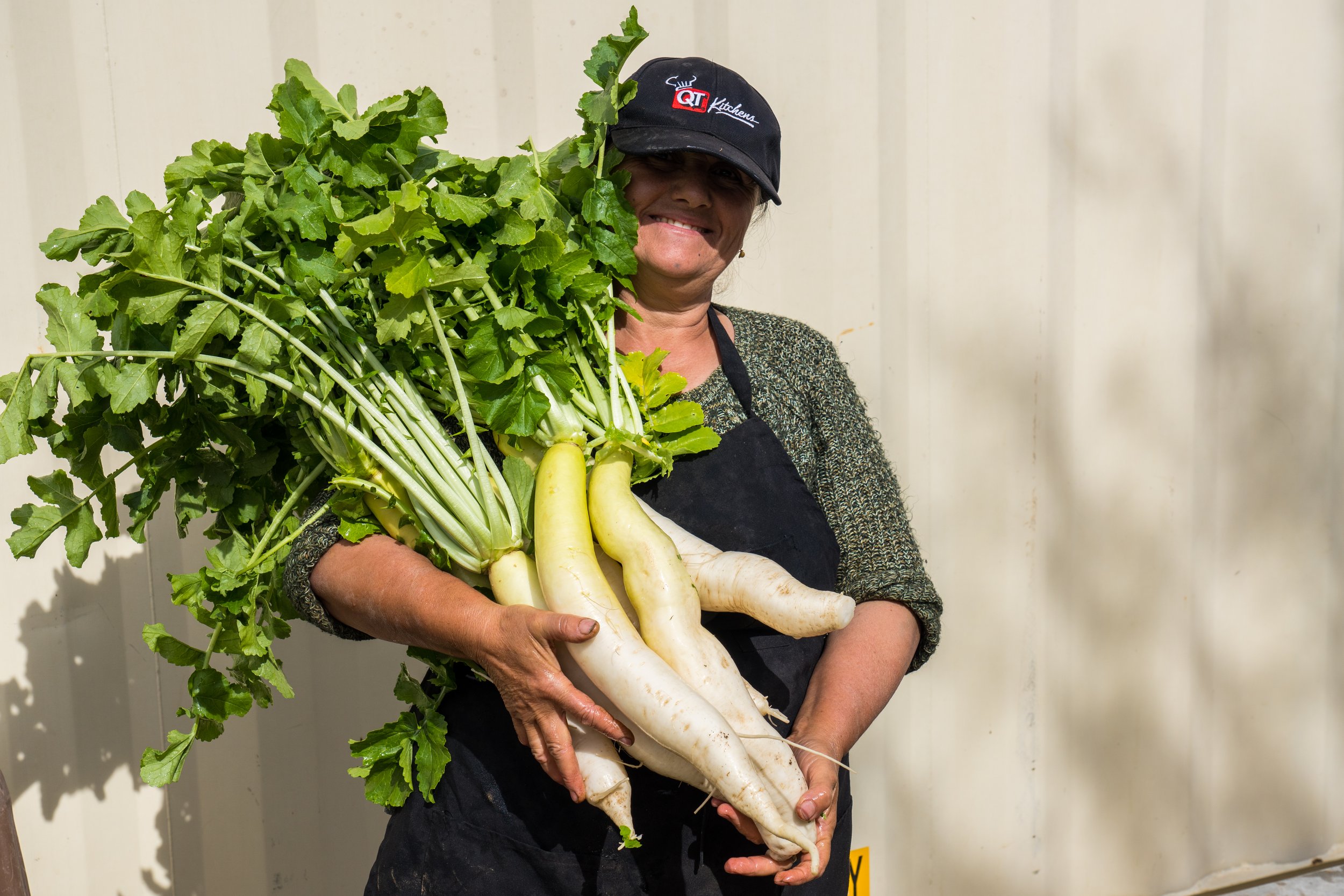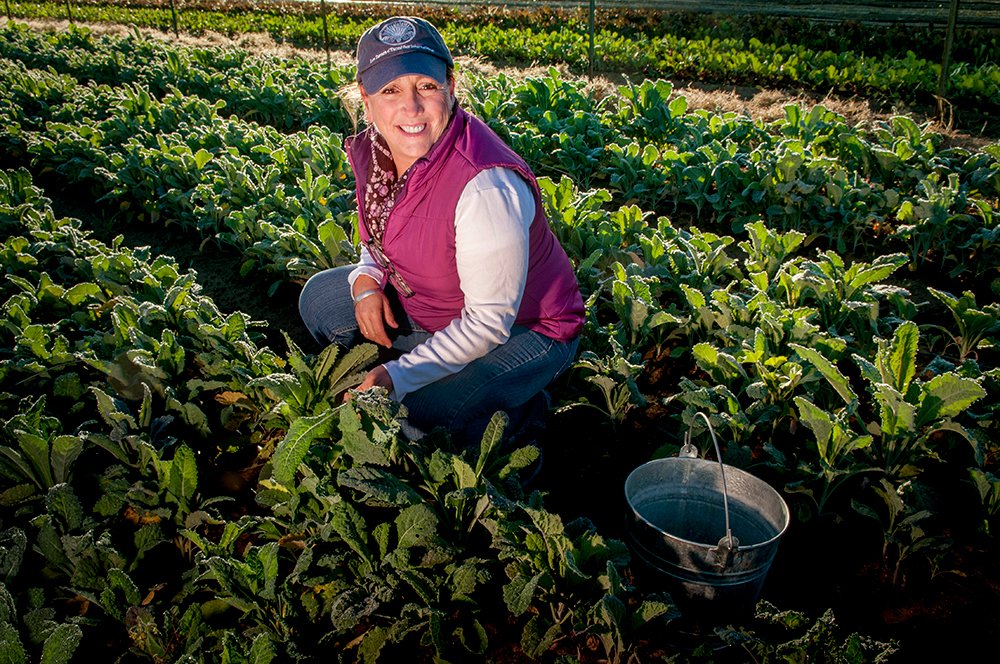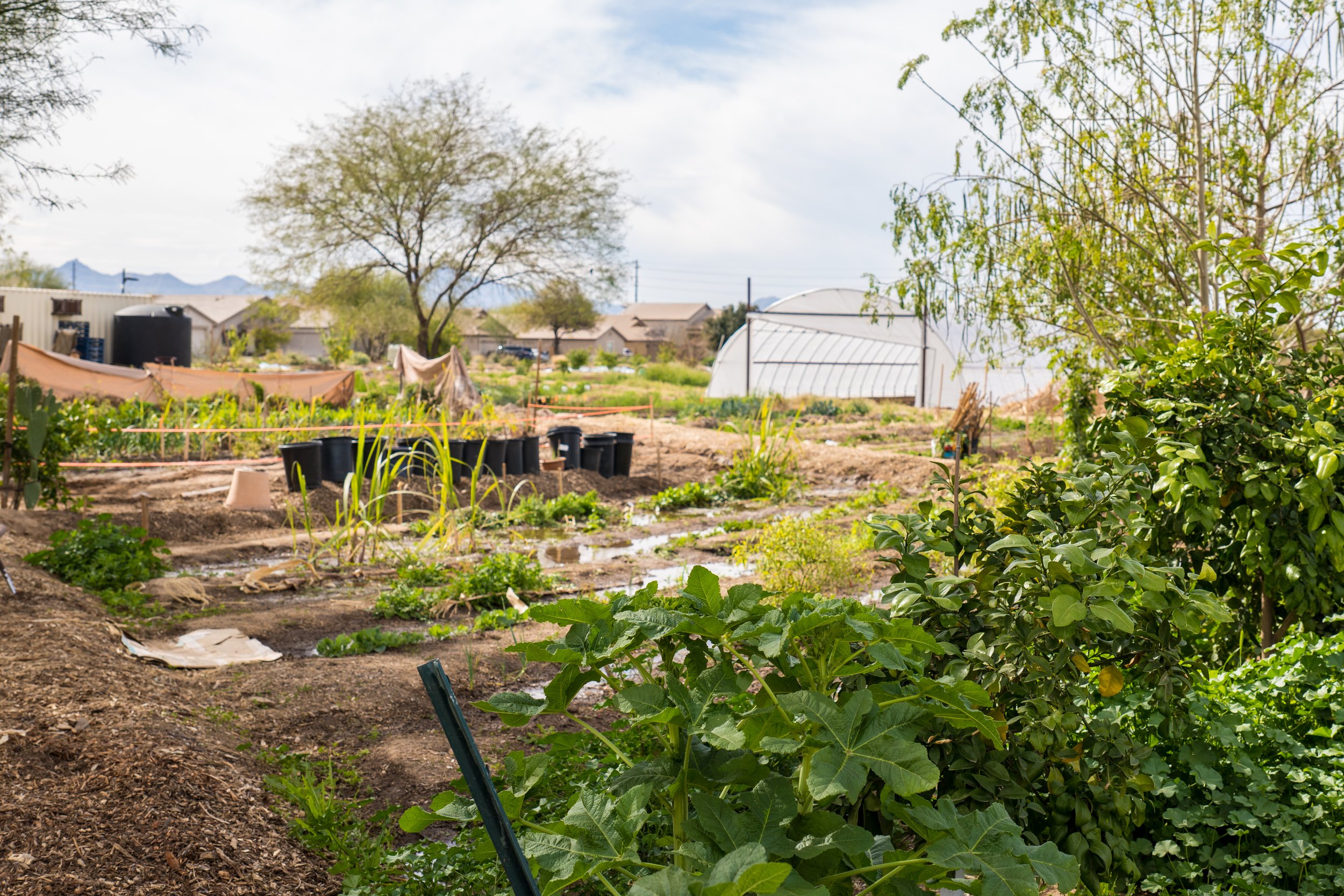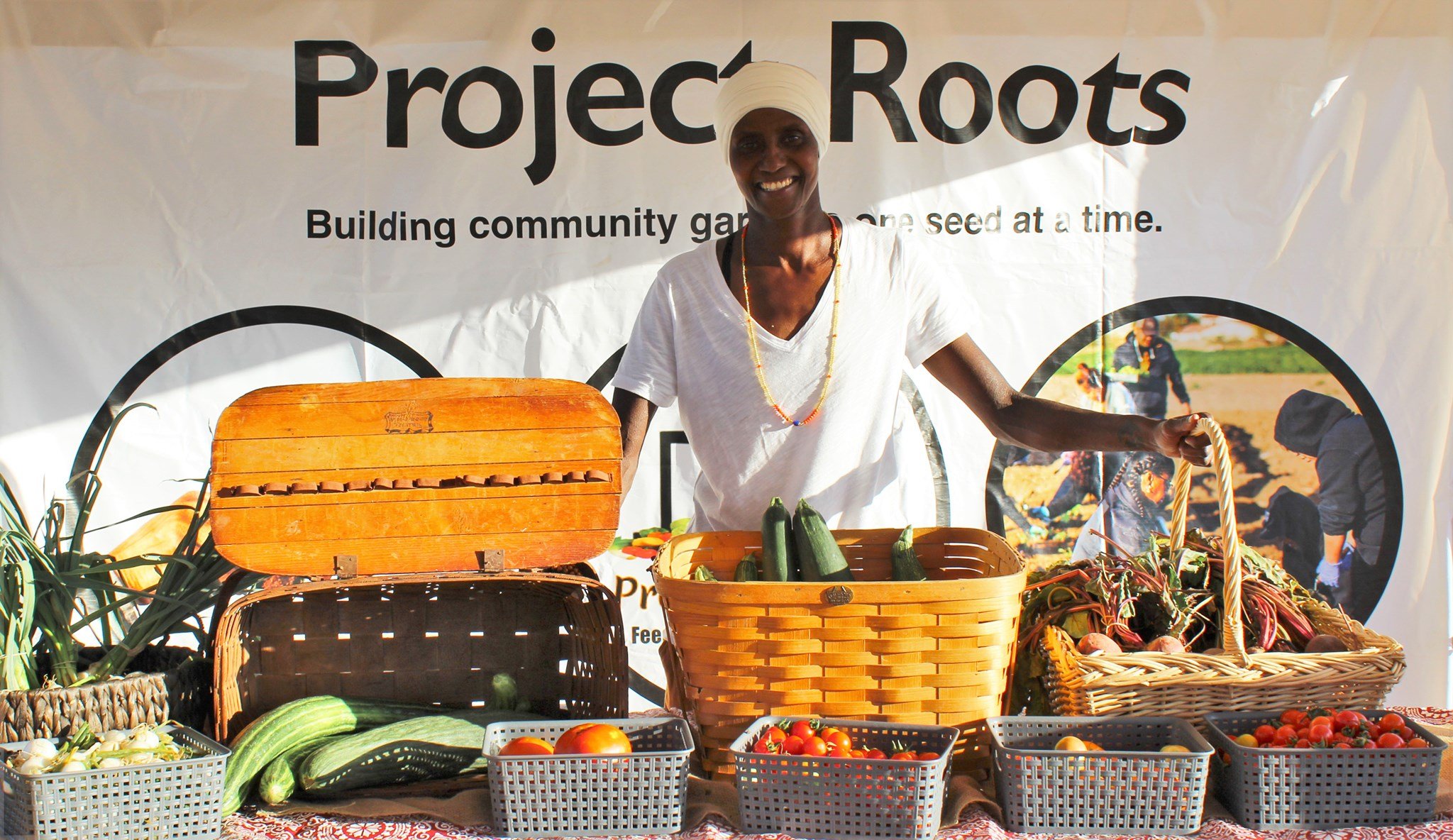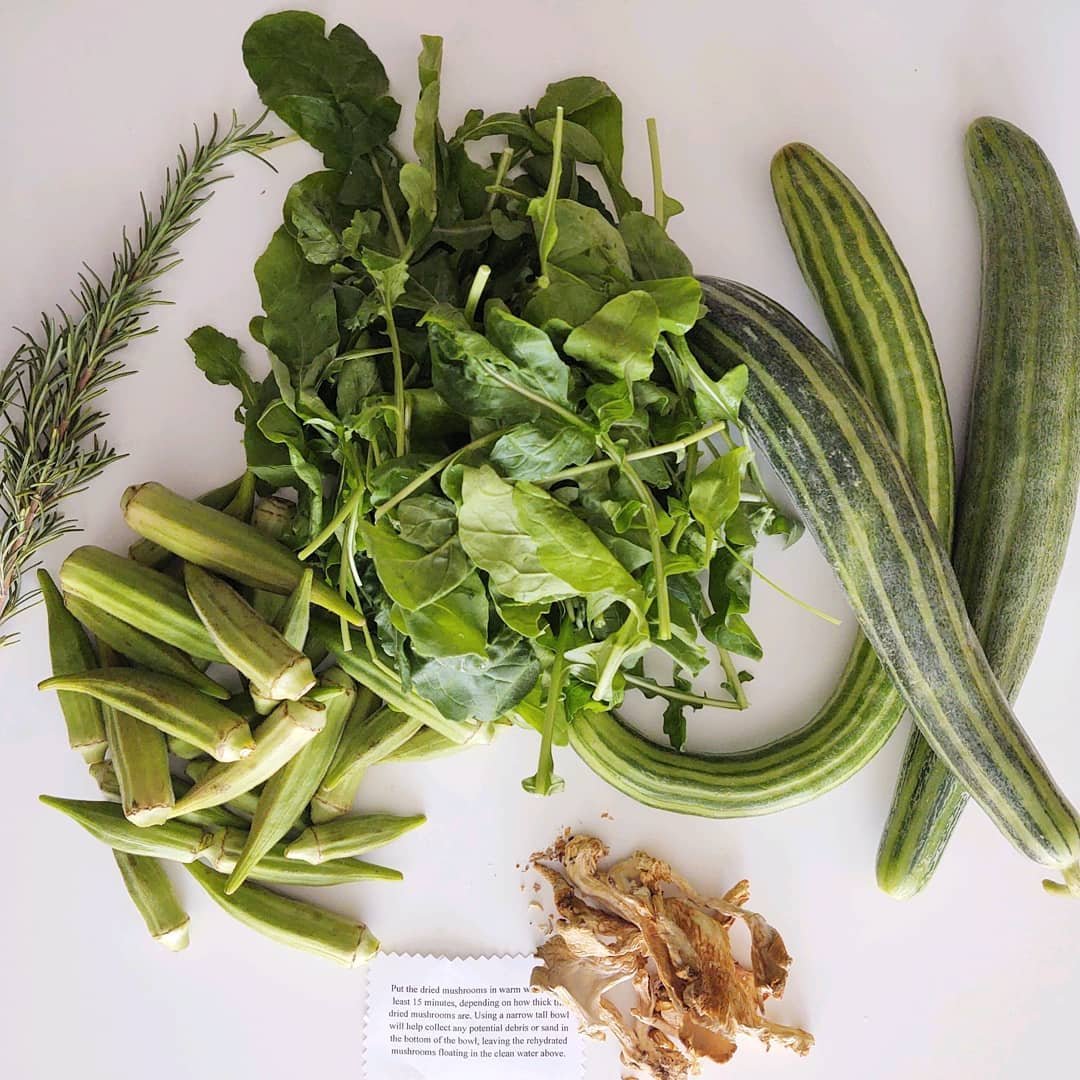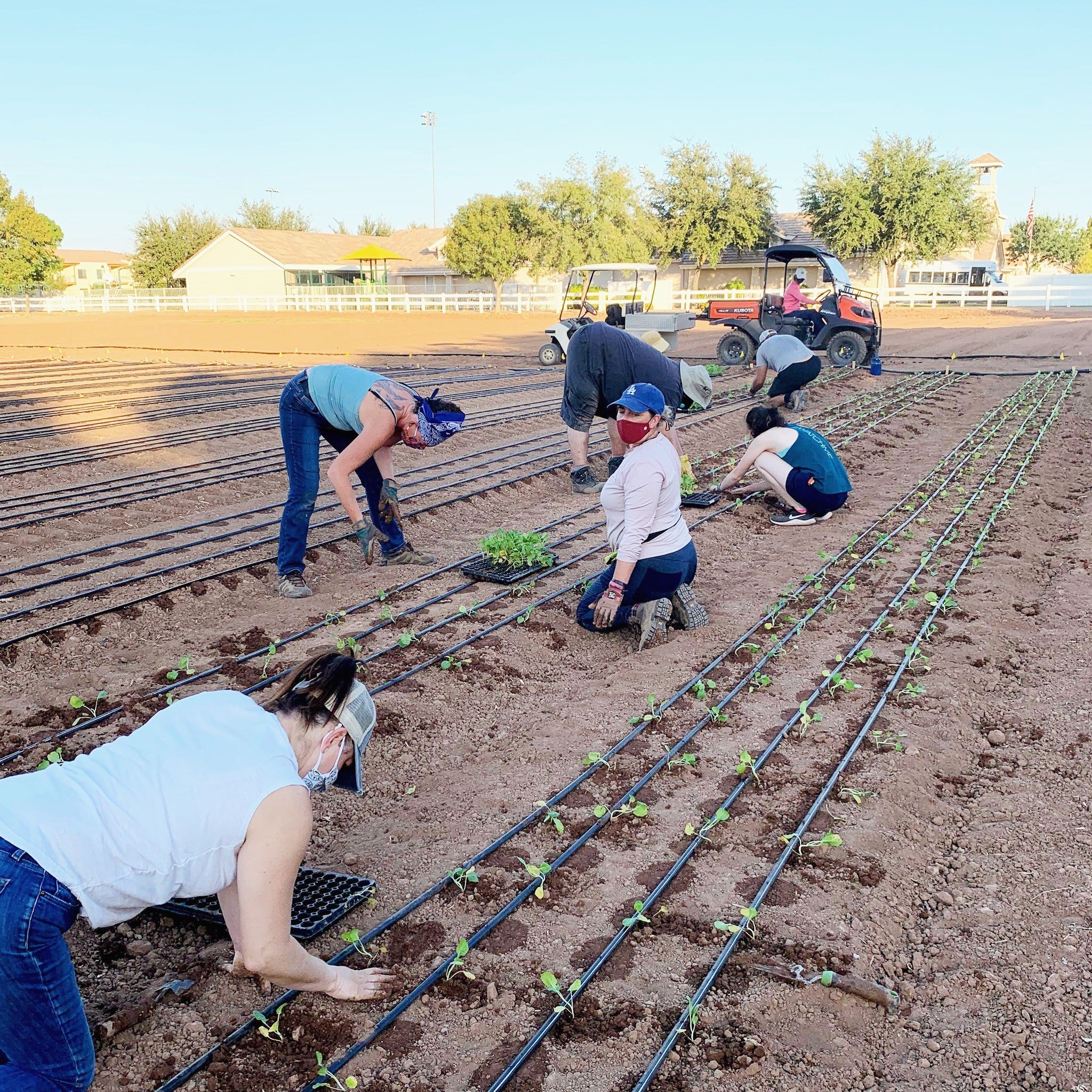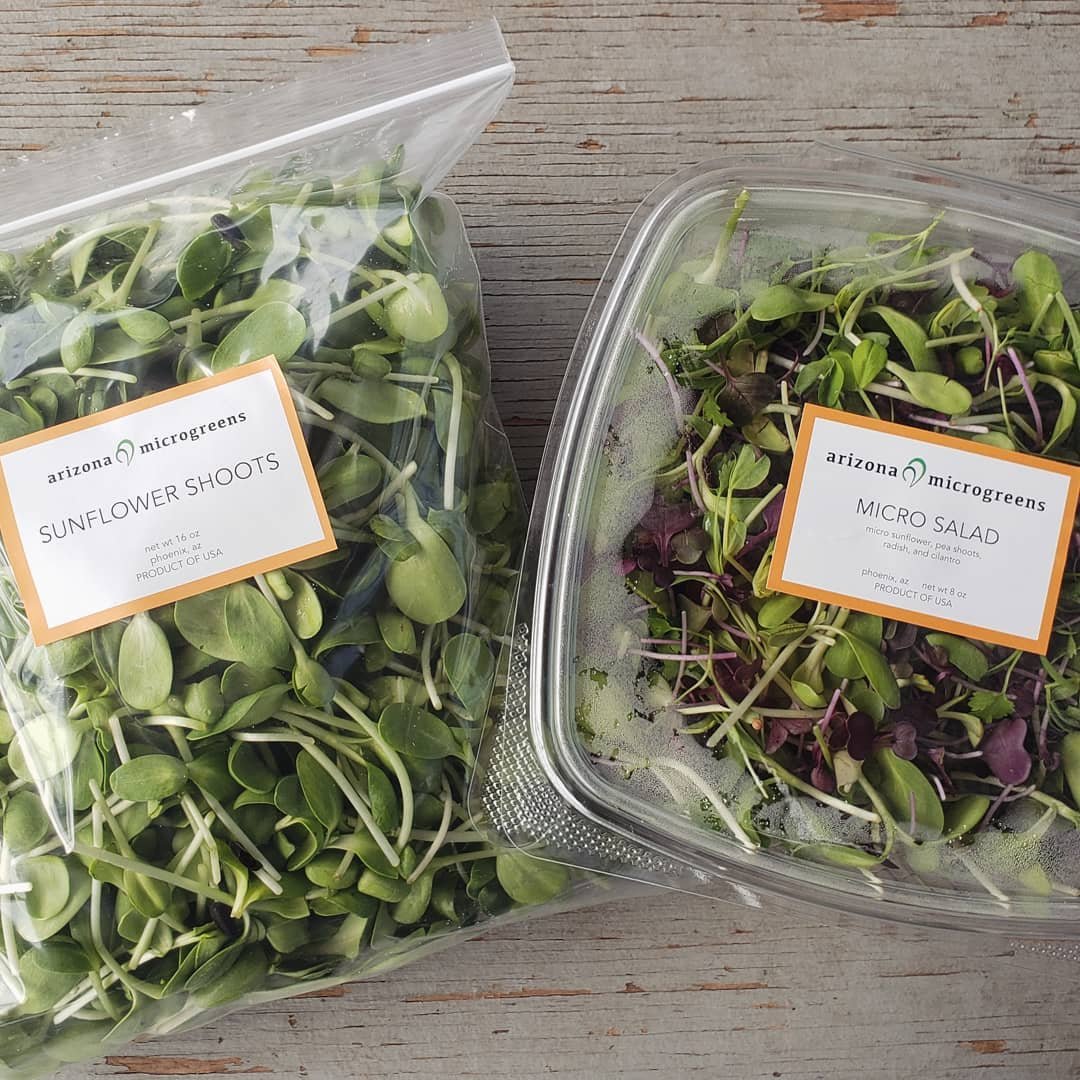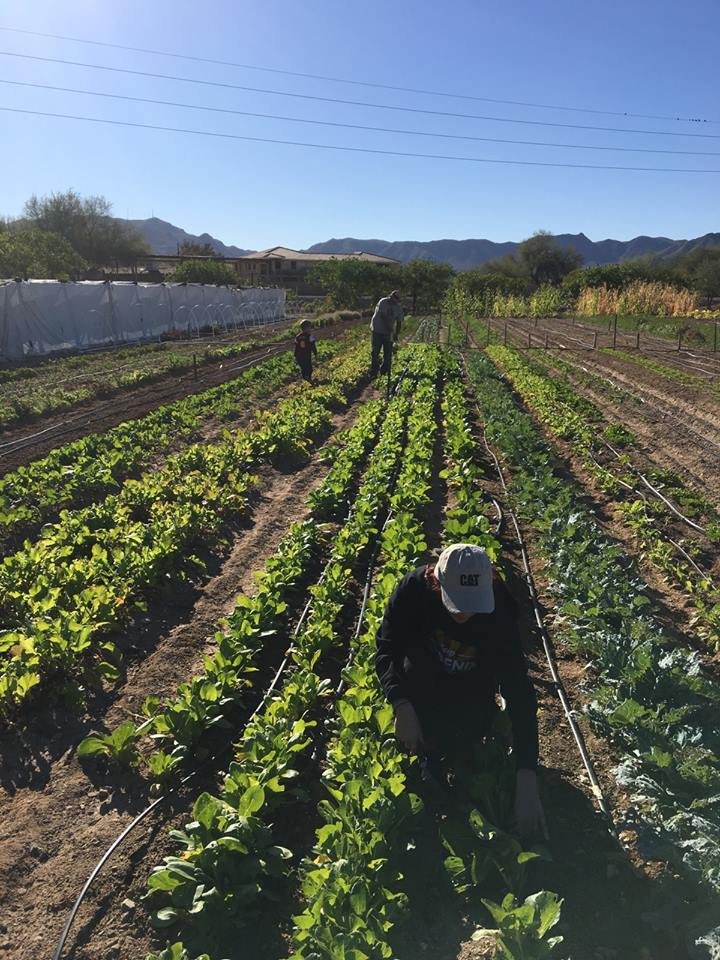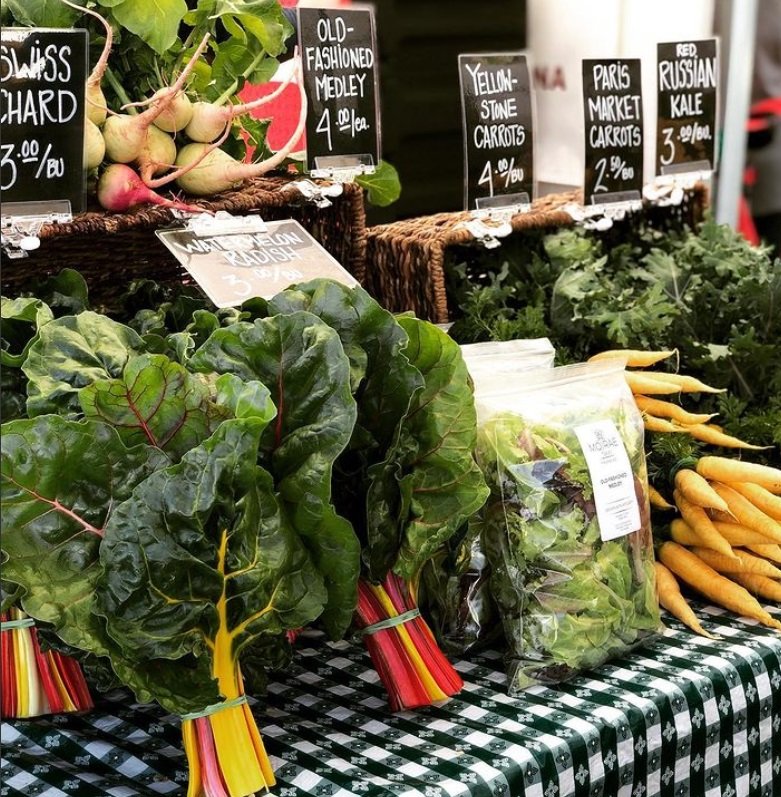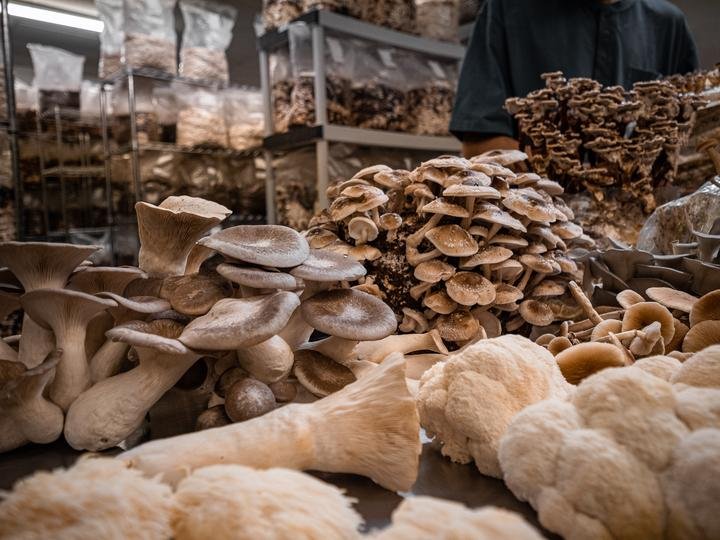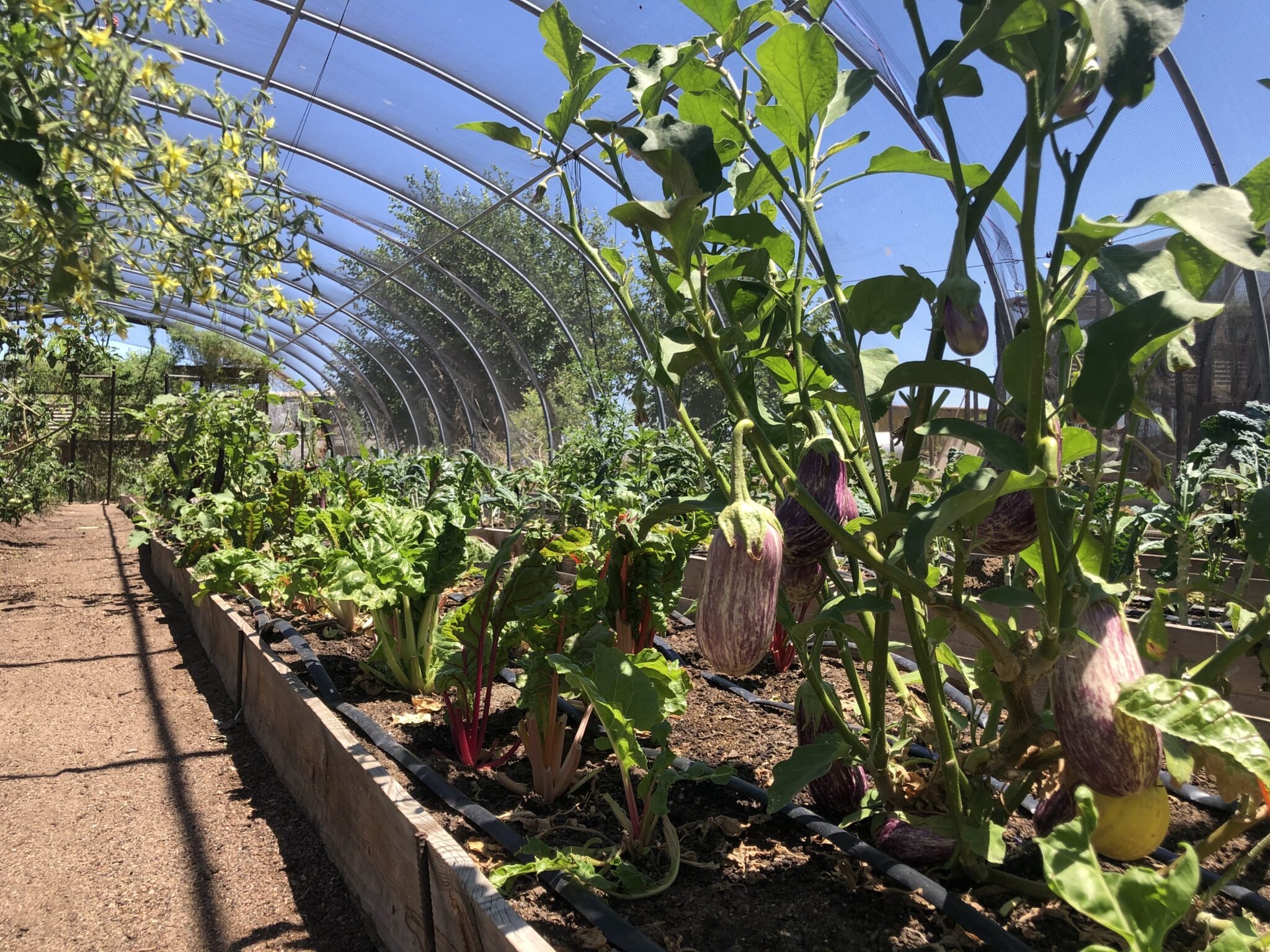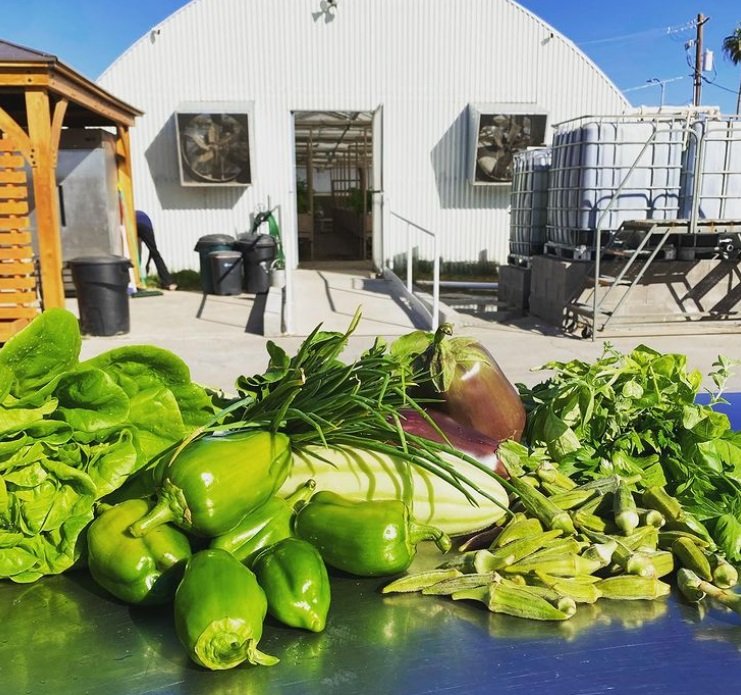What is Urban Agriculture?
Community-Based Food System Solutions
Urban Agriculture is defined as food that is grown within or close proximity to an urban area and is marketed, sold, and distributed to people that live in that area. Urban agriculture can take on many forms, such as tactical gardens, backyard gardens, food forests, greenhouses, green walls, street landscaping, animal husbandry, vertical farms, beekeeping, aquaponics, and rooftop gardens.
Urban agriculture plays an important role in developing community food systems, or food webs, that can help address the food access and nutrition issues experienced in urban environments. This type of agriculture can be used as a way to increase access to locally grown healthy food, especially for people not served or underserved by the conventional food system-- such as food retailers, supermarkets, and other outlets.
Urban agriculture also introduces or reminds people that what we eat and how we grow plays a pivotal role in our health, culture, ecosystem, and economy. Some urban farms are built specifically for this type of education or hands-on training purposes.
The Role of Urban Agriculture in Urban Growth, Food Equity, and Sustainability
(Examples of Urban Farms in Arizona)
As the population rapidly expands in an urban setting, it is crucial that a city plans on how it is going to feed its residents in a reliable and equitable way. Urban agriculture can play a vital role in accomplishing this, as it provides flexibility and connectivity that is key to fostering an adaptable, resilient community-based food system. As food supply lines become disrupted (such as during COVID) and the cost of importing food increases, cities can look to urban growers as a way to FEED their residents.
Urban growers are able to feed their community directly, adapt to changing conditions, provide a source of income particularly in low-income areas, and develop relationships within a community to ensure that all members have nutrition security.
A recent study showed how urban agriculture can help the City of Phoenix obtain its 2050 Sustainability Goals if Phoenix used only about 5% of its urban spaces, roughly 28 square miles, (2% of its land, and about 10% of its building surfaces) for urban agriculture. Urban growers could provide 183,000 tons of fresh produce annually, according to the study results, which would provide local produce in all existing food deserts of Phoenix and meet 90% of the current annual consumption of fresh produce based on national per capita consumption patterns.
Urban agriculture can also contribute toward a city’s goals of increasing open spaces and reducing environmental impact from buildings and land use. In Phoenix, green space could be increased by 17% and provide more open green areas to Phoenix residents. Rooftop agriculture could generate energy savings for buildings and help offset 50,000 tons of carbon emissions each year.
Planning for Urban Agriculture
Local and regional governments play important roles in developing and legitimizing urban agriculture as a recognized land use or community development strategy. By identifying existing community needs that urban agriculture can address, taking inventory of existing local resources and assets, and evaluating current policies and legislation, local governments can work to effectively integrate urban agriculture considerations into the plan-making process.
As part of comprehensive planning, planners need to more explicitly orient their urban agriculture efforts to support food justice, including prioritizing urban agriculture in long-term planning efforts, building meaningful relationships with food justice organizations, target investing in under-served communities, increasing the amount of land permanently available for urban agriculture, and addressing potential issues of displacement due to urban agriculture development. Below are important, practical ways to plan for urban agriculture:
Cultivate vacant lots, develop community land trusts, pair urban agriculture with housing policy, and conserve agricultural land
Adapt local zoning codes and policies to help develop urban agriculture, as they divide a community into districts and then dictate the type of activities allowed (or not) on parcels of land within that district-- such as animal raising, retail sales from growing food, and the type of development allowed (or not) in existing zoning districts.
Develop code provisions that allow for activities such as hydroponics and aquaponics in agriculture districts, agritainment, community gardens, farmers market by-right in commercial zoning districts, and temporary use permits in non-commercial zoning districts, on-site sales of food produced in community gardens, and livestock-rearing guidelines and standards. Assessing and re-writing zoning code provisions and ordinances to encourage and allow urban agriculture activities is key to designing communities around community-based food system solutions.
Cross-collaborate between urban planners and urban growers in order to familiarize planners with the different types of urban growing situations and requirements, and to familiarize growers with the special considerations and concerns of planners in regards to growing food and raising livestock in an urban, residential setting. Collaboration allows for the understanding of the terms and language used by the different fields, and a better understanding of the barriers and issues that each other face.
Farmers Market at Spaces of Opportunity.


